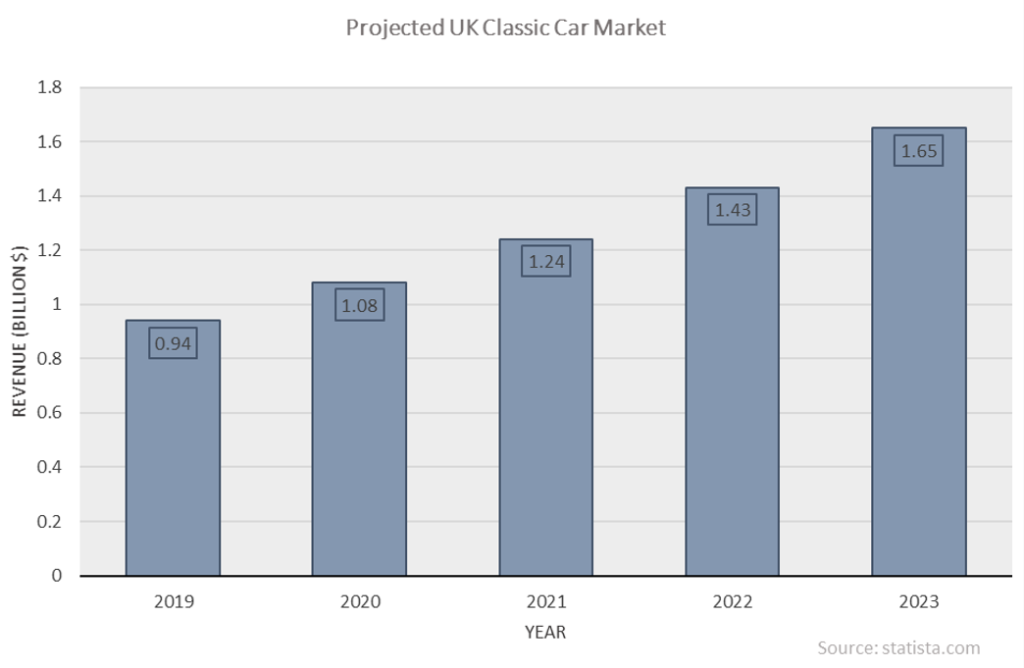Dr Jason Edwards, Lecturer in the Department of Politics, shares his opinion on the National Food Strategy, a report released last week. It’s the first independent review of England’s entire food system for 75 years, and it makes recommendations for the government, which has promised to respond formally within six months.
The publication of the much-heralded independent review of the National Food Strategy – the so-called ‘Dimbleby Report’, named after its author, the food entrepreneur and writer Henry Dimbleby – marks an important moment for food policy and politics.
The report is divided into a consideration of the effects of the food system on health and the environment. The health question is centred on the problem of what Dimbleby calls the ‘Junk Food Cycle’. He sees it as a central failure of the food system, promoting a poor diet with disastrous consequences for public health, in particular the epidemic of obesity and type 2 diabetes. The cycle begins with our appetites for highly calorific food being preyed upon by the junk food industry, which churns out ultra-processed foods containing very high levels of sugar, salt, and fat. Market competition means that any reduction in the levels of these (unconsciously) desired ingredients in food products would lead to loss, and so food production companies have become involved in an arms race resulting in the proliferation of junk food. The more this junk food becomes embedded in the culture, the more it has increased appetites for it, both physiologically and psychologically.
Dimbleby’s solution is to break the cycle by imposing a wholesale tax of £3 per kilo on sugar and £6 per kilo on salt. The report headlines this proposal, and it has been the main focus of the media coverage. But the immediate response of the government to the idea of a sugar and salt tax has been, at best, lukewarm. That seems like an anticipation of the picking apart of the report’s proposals by corporate lobbyists that will inevitably come.
Dimbleby is probably right that the imposition of these taxes would have the desirable effect of reducing the consumption of foods harmful to human health. But the issue is with the whole approach of the report and how likely it is to secure the kind of policy changes required to deal with the deep-seated problems that Dimbleby rightly attributes to systemic features of food production and consumption. These problems cannot be resolved without raising questions about power, ownership, and control in the food system, yet Dimbleby skirts over these.
Dimbleby rejects the belief in de-regulated food markets that occupies the Conservative backbenches and some of the chairs at Cabinet. Nonetheless, he does not escape from the market’s view of food as at base a commodity designed to satisfy the biological appetites of the consumer. Here it is clear that Dimbleby has fallen under the spell of the Behavioural Insights team, popularly known as the ‘Nudge Unit’, established in the Cabinet Office in 2010 to apply behavioural science to public policy. What they are reasonably good at is predicting behaviour where a simple and clear instrumental choice is on offer. But, as the COVID-19 pandemic has shown, when it comes to patterns of activity that involve complex, strategic choices with unclear outcomes, they are at sea. Diet is such a pattern of activity, not a set of discrete instrumental choices. It does not boil down to the selections we make at the snacks shelf in the supermarket or the counter at Leon.
Dimbleby is right to argue that we should be wary of solutions to food inequality and poor diet that shift the responsibility to the individual, emphasising personal food knowledge, cooking skills, or commitment to exercise (which has little impact on weight loss anyway). This leaves the door open to those who all-too eagerly and loudly blame the poor for their poverty. But raising questions about how people could and would act under very different conditions of choice is neither to individualise responsibility nor to renounce the necessarily systemic setting of our food choices. The failure to pose these questions is the principal disappointment of the report. To be fair, it does make a number of recommendations about changing the circumstances in which we make our food choices, such as the Eat and Learn initiative for schools that encourages food education from early years. But more generally there is silence in the report on questions of citizen involvement in the food system. At a time when local councils are selling off allotment sites to fund ‘essential’ local services, there isn’t a single mention of the availability of land for small horticulture, funding for cooperative local food-growing schemes, or the provision of public spaces for common cooking and eating. In short, on these crucial questions of food citizenship, Dimbleby simply has nothing to say. The report needed to question the very foundations of the food system: far from doing this, it merely asks for a reformulation of its parts.










